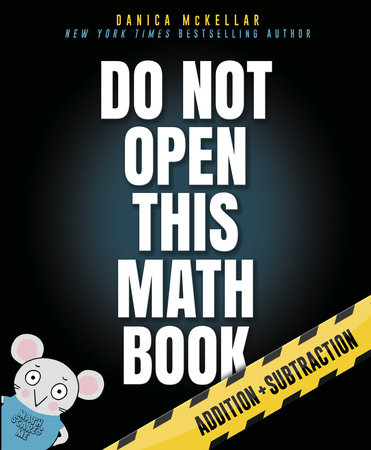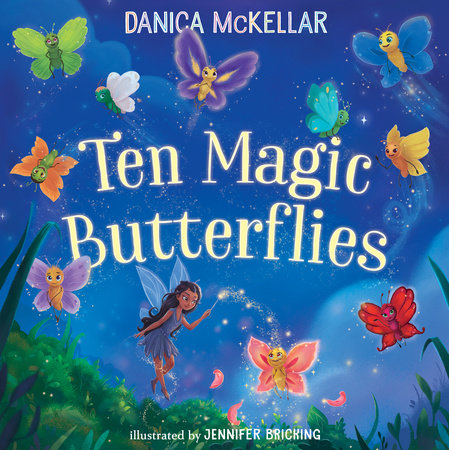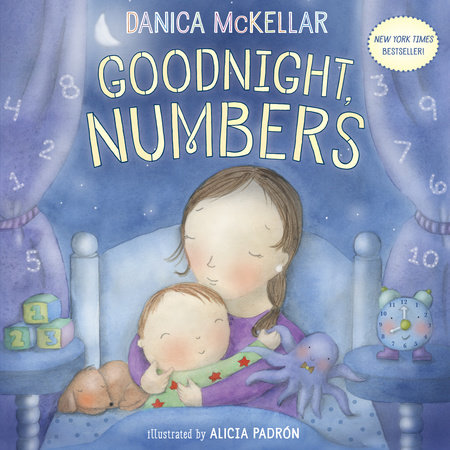Numbers Are Our Friends:
How to Help Our Kids Conquer ‘Mathophobia’
by Danica McKellar
I’d heard that becoming a parent is like deciding to take out your heart and let it walk around in someone else’s little body. Only after my son was born six years ago did I understand how profoundly true that was! As parents, we discover this incredible love we never knew existed, and so our deepest desire becomes to help our children develop into happy, well-adjusted humans with high self-esteem and full hearts. We want them to feel empowered to live the lives they dream of, so that nothing holds them back from success in every part of life.
And yet, negative stereotypes surround one of the most important subjects to success, a subject that provides the foundation for finance, business, and problem-solving of all kinds: mathematics. Math has a reputation of being just for nerds, just for boys, too scary — you name it! And these messages reach our kids through all forms of media, and even from well-meaning friends and family. When a parent says he or she didn’t do well in math or avoided math, it unconsciously gives the child permission to do the same. The media tends to promote the idea that math is best suited to eccentric Einstein-types and that the subject isn’t really needed in everyday life. And yet with every day that passes in our increasingly tech-driven society, math becomes more and more critical for our children’s success.
The good news is we have the power to affect our children’s attitudes toward math in positive ways! One of the most important things we can do is to make sure our kids see math as “friendly” and relevant in their lives — and it’s never too soon to start. I have a series of bestselling math books, all of which teach math concepts in fun ways while highlighting each topic’s relevance in the real world for middle school and high school students. And I’m excited to say I’ve now written my first math book for the youngest audience: preschoolers.
In Goodnight, Numbers, a bedtime counting book, I deliberately show each number as it exists in the real world — four legs on a cat, five points on a star, six sides on a block, etc. I also snuck in “ten frames” as hanging picture frames in every spread — this is a math tool kids will see in early elementary school. Why not expose them early, so that ten frames feel familiar once they get to kindergarten? In fact, why not expose them to math concepts everywhere we go?
When you’re at the grocery store, have your child approximate the bill, or explain how the unit price of ground meat multiplied by the number of pounds gives the total. When you cook, show them the fractions on the measuring cups and try doubling the recipes to see how the fractions change. On car trips, have you ever heard, “Are we there yet?” Next time, track the miles, average speed, and time. Involve your kids, using the formula rate X time = distance* to guess how long the trip will take, and maybe you won’t have to answer that question again. (Ha, that’s probably wishful thinking!)
I have this feeling that our hearts will always feel as if they walk around in our children’s bodies, well into their adulthoods. Let’s invest in those adulthoods. Let’s help them avoid “mathophobia.” Let’s create happy associations with math for our children, build their confidence, and make sure they never remember a time when they didn’t understand that numbers are a wonderful, inherent part of the world around them. By doing so, we set the stage for our kids to become successful, empowered adults — savvy with numbers and confident in life.
*If you want a refresher, I cover that formula in Chapter 13 of Hot X: Algebra Exposed!
Find Danica at McKellarMath.com and on social media of all kinds at @danicamckellar & @mckellarmath.
-
Books by Danica McKellar
-
Bathtime Mathtime
Also available from:Do Not Open This Math Book
Also available from:Ten Magic Butterflies
Also available from:Goodnight, Numbers
Also available from: -
Girls Get Curves: Geometry Takes Shape
Also available from:Hot X: Algebra Exposed!
Also available from:








